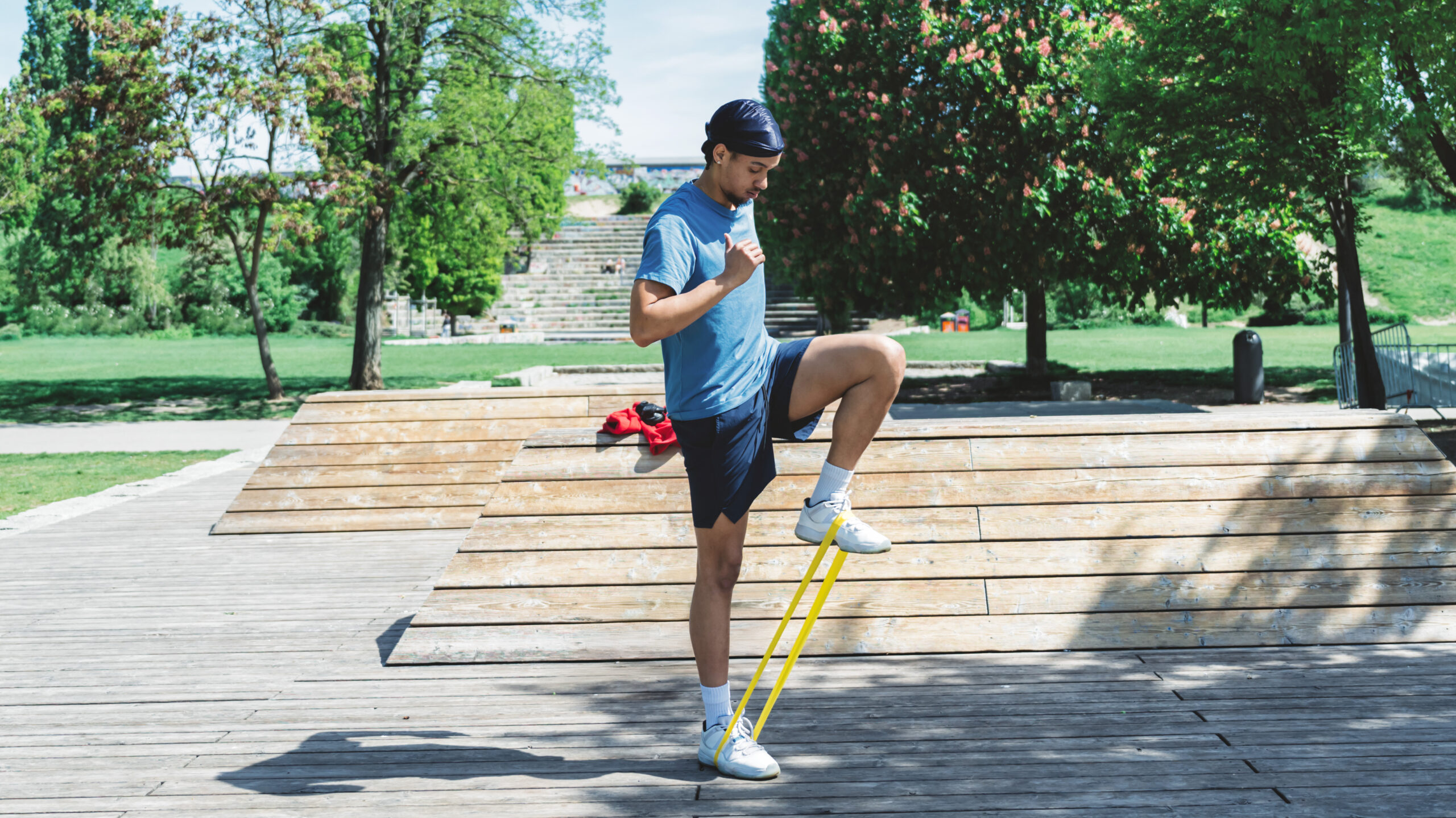Blog
An expert instructor says this is the one type of movement people with back pain should be doing—but few do

Developing a balanced workout routine that targets your whole body can be difficult. If you’re looking for a way to simplify your workouts, you could try spitting them into pull and push sessions.
It’s a common workout split, particularly for upper-body weight training workouts. But Pilates instructor Gemma Folkard says it’s also something you can apply to lower-body workouts, even if you’re training without weights.
“Push movements include push-ups, squats and shoulder presses,” Folkard explains. “They train muscles that extend or straighten joints, like the chest, triceps, quadriceps, and shoulders. These are usually pushing away from the body.”
“Pull movements include pull-ups, rows and deadlifts. They train muscles that flex or bend joints, like the back, biceps, hamstrings, and rear deltoids.”
Why are lower-body ‘pull’ exercises beneficial?
Lower-body push movements, like squats and lunges, are workout staples, but there are plenty of benefits to incorporating pull exercises into your leg day routine.
“Lower body pull exercises benefit the posterior chain,” says Folkard. This includes muscles along the back of your body like the hamstrings, glutes and lower-back.
They can also strengthen the hip flexors, which a lot of people experience weakness in due to excessive sitting.
“We know stretching these muscles is helpful, but often ‘tight hip flexors’ can also mean weak, or at least less flexible and dynamic,” Folkard says.
“In short, they are underused and therefore other muscles, specifically around the spine will over-act to compensate,” she says. “This is often where back pain creeps in, via postural inefficiencies.”
Lower-body ‘pull’ exercises could also help with knee pain.
“Anterior pull exercises will also benefit the quadriceps, which are essential for knee stability and basic functions like walking, running and more explosive movements such as jumping and kicking,” Folkard says.
A three-move lower-body Pilates pull workout
Folkard has shared a Pilates-inspired lower-body pull workout that you can try at home, inspired by her post above.
All you need is a resistance band but Folkard says these exercises can also be effective with just your bodyweight.
Supine leg pulls
Reps: 5-6 each side
- Lie on your back, with your hands by your sides and palms down, and loop the band around your feet.
- Maintaining a neutral pelvis, draw the legs to table top, so that the knees are directly above the hips and held at a 90° angle, with shins parallel to the floor. Flex the feet and press out slightly into the band to find some tension.
- Extend one leg away as the other knee pulls in. Focus on the pulling in action as you switch legs.
If you want to make this move more challenging:
- Take the hands behind the head and lift the chest whilst continuing the movement, as demonstrated in the video above. This recruits more muscle groups and creates a fully integrated exercise for the whole body.
Shoulder bridge leg pulls
Watch On
Reps: 6-8 each side
- Lie supine, with the band looped around the feet. Lift the hips and spine off the mat so that you are supported by the upper back, arms and feet. Keep the lower ribs drawing towards the hips so the lower back stays lengthened.
- Holding this shape, on your exhale, pull one leg in towards the body, driving up against the resistance of the loop band. Place it down on the inhale and switch.
Standing leg pulls

Watch On
- Stand with the band looped around your feet, with your hands behind your head or on your hips.
- Drive one knee into the body and pause for a split second before returning it to the floor and switching.
- Complete six to eight reps on each side.












